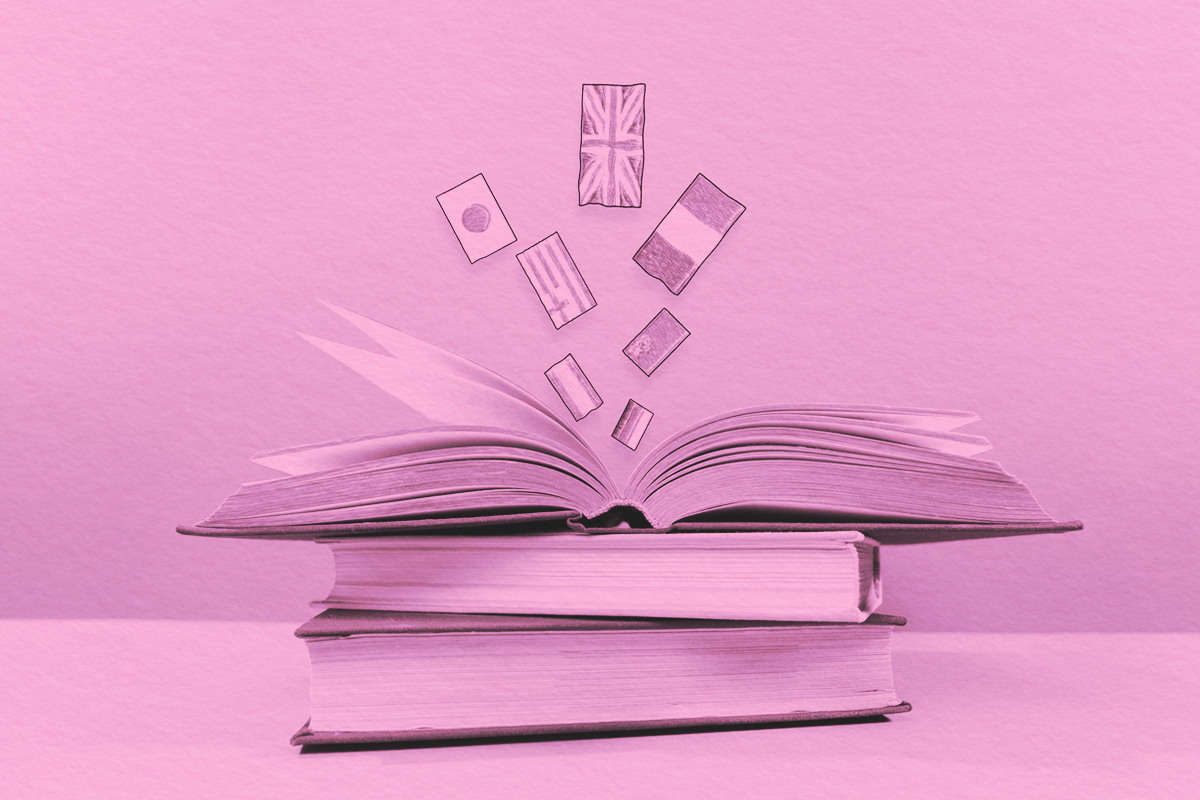
Some languages are easier to learn than others, and the answer to “Which language is easiest?” varies based on the speaker’s native language. The closer a language is to an already-known language, the easier it will be to learn. The most difficult languages to learn typically have a different alphabet than the learner’s native language. For example, French is easier for an English speaker to learn than other languages because it uses the same Latin alphabet, whereas Greek would be more difficult because it uses the Greek alphabet.
Spanish
According to the U.S. census, Spanish is the most common non-English language spoken in the U.S. It is also one of the easiest for American English speakers to learn because both languages use the Latin alphabet and share many cognates (words that have the same definition and sound very similar), such as “airport” and aeropuerto and “hotel” and hotel.
Norwegian
Norwegian and English are both members of the Germanic language family, so they share a lot of the same vocabulary. These languages also have similar sentence structures. For example, “Can you help me?” is written as Kan du hjelpe meg? in Norwegian. While not spelled exactly the same, the words are a 1:1 equivalent and the sentences even sound similar.
Indonesian
Many Asian languages are difficult for English speakers to learn, but Indonesian is the exception. It is one of the few Asian languages that uses the Latin alphabet, and it’s a phonetic language, meaning that words are pronounced as they’re spelled.
Other easier second languages for native English speakers to learn are Swedish, Dutch, Portuguese, Italian, and French.
Any language that uses a different alphabet or a very different sentence structure will be more difficult to master. Additionally, some languages are tonal, meaning that the pitch of a word conveys (and changes) its meaning, something English speakers are not used to. This is the case in many Asian languages, including Vietnamese, Chinese, and Thai.
Mandarin Chinese
Mandarin Chinese is the most popular of a few Chinese dialects. This tonal language is composed of four tones, meaning that one word can be pronounced four different ways. Ma means “mother,” “horse,” “rough,” or “scold,” depending on how it is said. Mandarin Chinese also uses thousands of special characters that can be challenging for English speakers to memorize.
Arabic
Arabic is very different from English. It excludes most vowels, is written from right to left, and uses its own alphabet. Some Arabic sounds, especially those made in the back of the throat, are difficult for native English speakers to master.
Polish
Polish is one of the most difficult European languages for English speakers to learn. It uses a Latin-based alphabet, but the Polish alphabet has 32 letters (including diacritics, or letters with accent marks), compared to the 26 letters in English. Polish words tend to be long and packed with consonants and accents. Polish grammar is also more complicated: It has seven cases, whereas English has three (subjective, objective, and possessive).
Other difficult second languages for native English speakers to learn are Russian, Turkish, Danish, Hungarian, Vietnamese, and Thai.
However, when starting from scratch — as a baby would, with zero knowledge of any language — there is no language in the world that is more or less difficult than another.

















